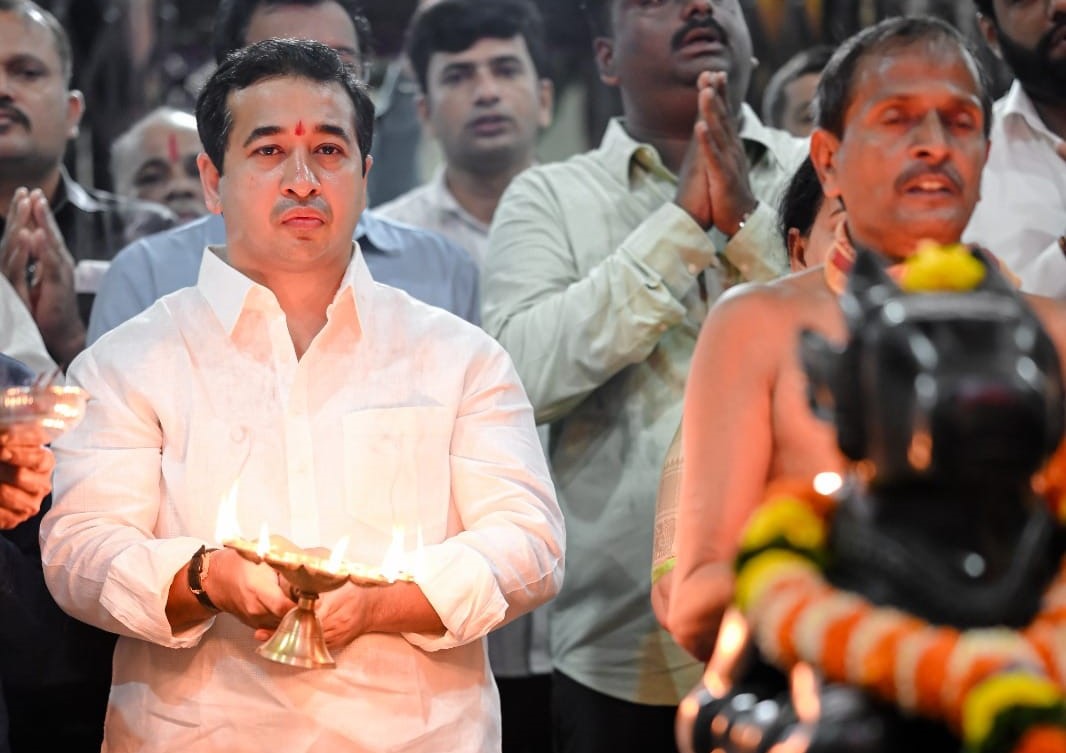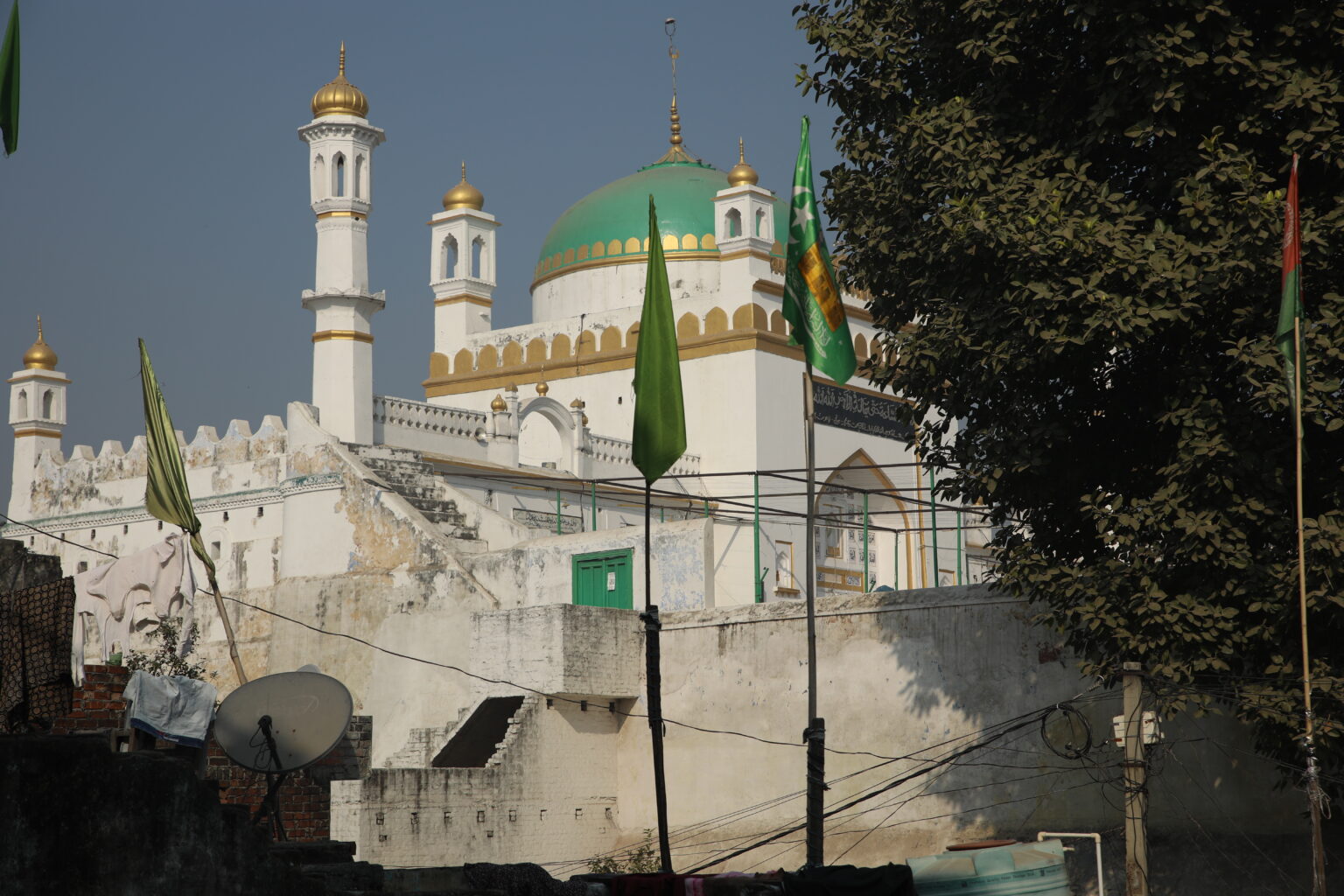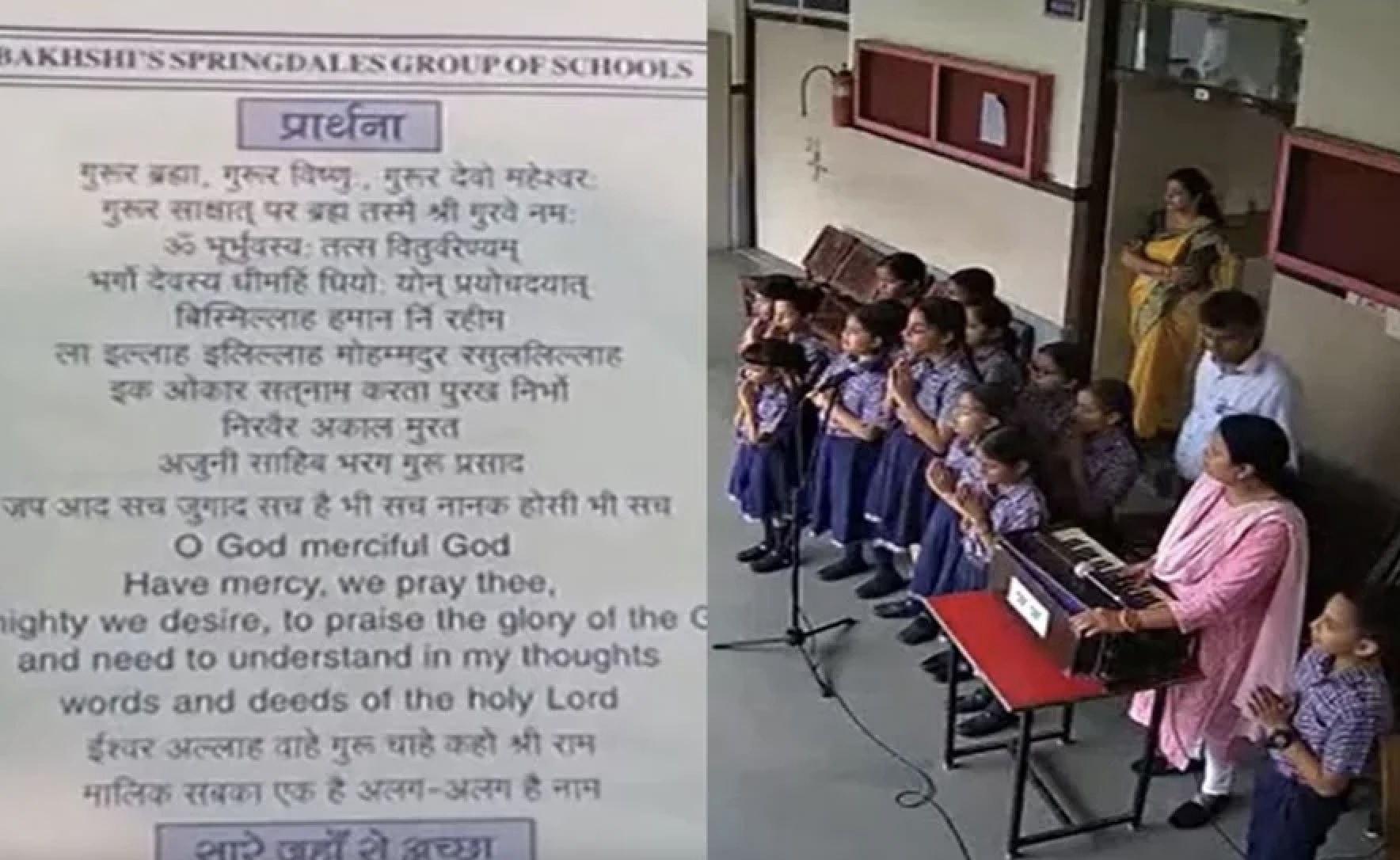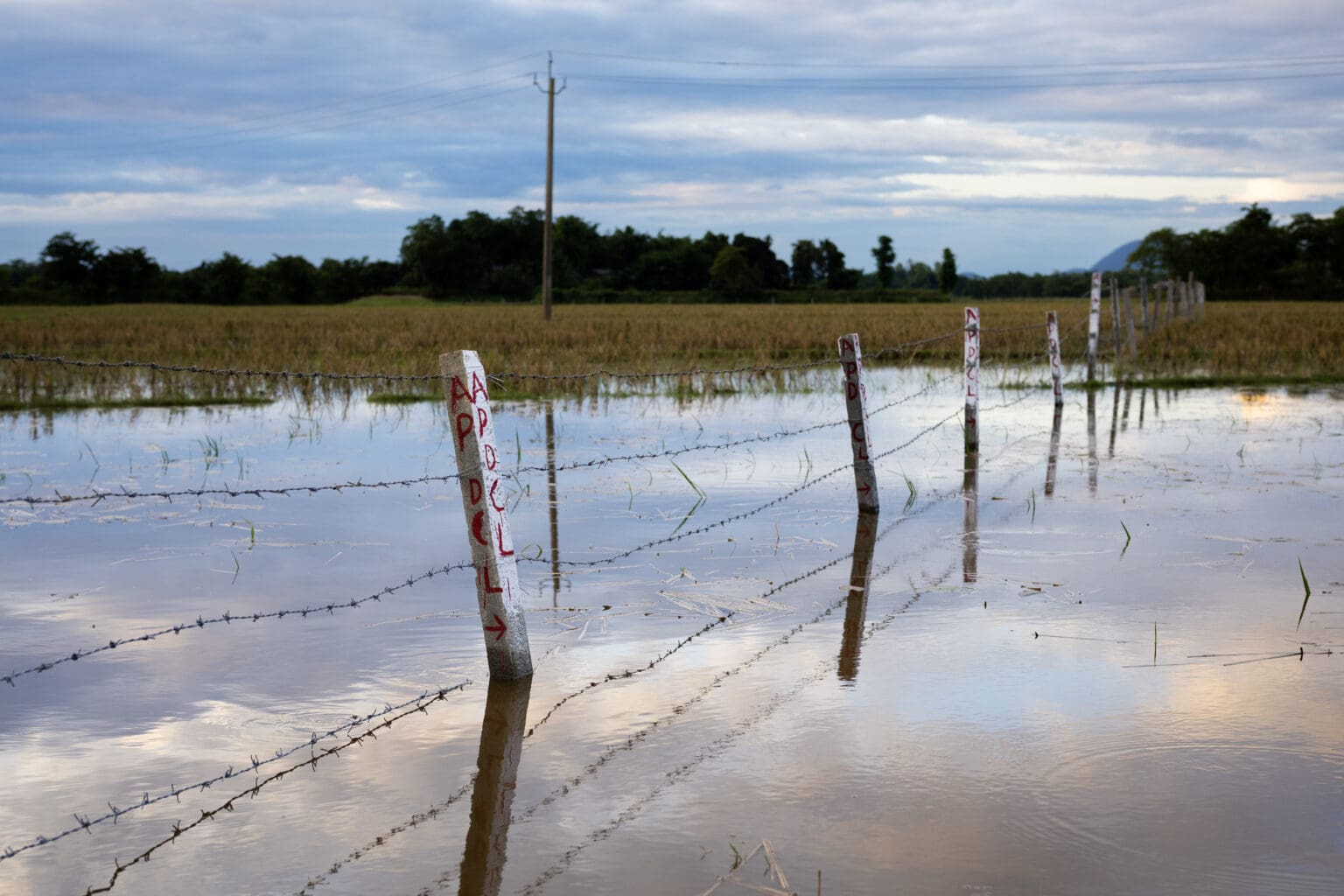
A four-year-old boy was sitting beside his mother, next to his elder brother’s cold body, in the family’s modest house in Dadsara village of Tral in south Kashmir’s Pulwama district – 44 kilometers from Srinagar.
Collecting the toffees showered on the body, Kashif Mir was too young to realise what was happening around him.
His elder brother, Nayeem Mir, an engineering student from the Islamic University of Science and Technology, was killed by the government forces on 16 September 2010 in a gunfight in a neighbouring village.
That night, Shameema Akhtar, the 55-year-old mother, didn’t leave her dead son’s side as she brushed his hair and beard, rubbed her hands on his bruised face.
The Mir family had five sons and a daughter. But everything upended after Nayeem joined the insurgency in 2009. When a flood of people took away Nayeem on shoulders, Akhtar did not cry, rather she told everyone to be patient.
Following the path of militancy
Twenty-one days later, another son of the Mir family, Adil Mir, joined the ranks of the Hizbul Mujahideen militant outfit. Adil was a student of social science at the Government Degree College in Tral when he left home.
After his disappearance, the army visits to Akhtar’s home only became more frequent, enquiring about her son and searching the house. While the Mir family lived through trauma, the ordeals made Kashif resilient, who came of age in a home rattled by the conflict.
While Kashif’s elder brother, Adil, joined the militancy, his cousin, Burhan Wani, a teenager, too had joined the Hizbul Mujahideen a month after Nayeem’s killing.
When Adil and Burhan were walking in the woods as new recruits, Kashif wrote “Home of Martyrs” on the gate of his house. Though this invoked more “torture by the army”, for Kashif, “there was nothing wrong in it as his brothers had been killed.”
In the next few years, as the duo grew in the militant ranks of the Hizb, the time for Adil came to an end on 19 June 2014. He was killed by the government forces, along with two other militants, in Buchoo village of Tral.
Wani, however, survived many summers, escaping from the operations as he went on to become the face of Kashmir’s new-age militancy.
Coming of age
Before then 10-year-old Kashif would get on with a normal life, Wani was shot dead in a brief gunfight in Bumdoora village of Anantnag in south Kashmir. It was the evening of 8 July 2016, when the news of Wani’s killing flashed across the social media: a single photograph of his body, lying on a dirt path, with a bullet wound in his chest, and blood oozing out of his mouth.
Kashif was attending yet another funeral of another brother. Wani’s funeral was a spectacle of mourning with over 200,000 people gathered to bid him farewell in his native village of Sharifabad in Tral. The killing sparked a spontaneous uprising across Kashmir, led by youth.
In the coming years, as the gloom of mourning loomed over Kashmir, it did so on Kashif too. Life changed for him, now a regular at the militant funerals.
Soon the army began to visit the family again. “They would take me for questioning about my brothers,” recalls Hamid Mir, an elder brother of Kashif. However, in 2019, the army had come to ask about Kashif specifically. “I told them to take me instead of him but they did not agree,” recalled Hamid.
Kashif was arrested and kept in Tral’s Police Station for the next six days, where he was questioned about his connection with the deadly Pulwama attack – where at least forty paramilitary personnel were killed after a Kashmiri teenager rammed an explosive-laden vehicle into the paramilitary convoy. The family said they weren’t allowed to meet Kashif.
After he returned, Kashif had told them that he was “interrogated… mentally tortured for six days” before he was “finally released when he could not produce any details about the attack”.
A journey of no return
On 20 March 2021, Kashif, who had recently passed his tenth class board exams, went for admission to a higher secondary school. “He had scored really well and he opted for social science,” said his mother, Akhtar. “He took some money and documents with him.”
After returning from school, Akhtar insisted her son join the family for a relative’s wedding ceremony. “He said he would reach there till evening but he did not come,” she recalled.
The next morning when Akhtar called to inquire about him, she was told that Kashif had already left for the wedding the previous night. “I immediately realised that something was not right,” she said. “I started thinking that he might have been taken by the army. It felt like my whole world was coming to an end.”
Akhtar couldn’t hold herself together. She went to a separate room and cried for a long. “I felt relieved. I could only think of running away somewhere and leaving everything behind before hearing any bad news about him,” she said.
The Mir family rushed to a nearby police station, where they were told to keep looking for their son at all possible places. “We even asked the active militants of the area about him but there was no sign,” she said.
A long last night
A life, marked by mourning, has taught Akhtar to stay patient and put her trust in God. If it had been up to her, she would prefer dying too. “When my eldest son disappeared, I kept praying for my death before I would hear that he had died,” Akhtar recalled sitting at her home on 9 April. “But that didn’t happen. I’m still alive. Now even my youngest son is gone.”
While she spoke about the memories and remnants of her lost sons, militants and the government forces exchanged gunfire in the Shopian town of south Kashmir. Praying for Kashif’s safe return, she said: “the thought of his death reminds me of my [other] sons’ deaths.”
“When I think, my heart aches,” she said. On any other night, she’d gulp four medicines to fall asleep in her home, now even emptier. “I see Kashif in front of my eyes. How can I stop missing my sons?”
The ability to bury her two sons, Nayeem and Adil, brought some peace to her heart. But now, she was scared for Kashif. As per the new anti-militancy policy of the government, the bodies of those killed in action are not returned to the families. Instead, they are buried in desolate graveyards.
In every possibility, Akhtar knew Kashif had joined the insurgency ranks too. The third son of Akhtar had, in fact, joined Ansar Ghazwat-ul-Hind, an Al-Qaeda offshoot in Kashmir. That reality would soon dawn upon the mother.
“He will be buried at an unknown place. It is a wound that I shall bear forever,” she said. “What will I do if he dies and his body is not returned?”
A few hours later, Akhtar was told that Kashif had been killed in the Shopian gunfight. Four other militants also died fighting the government forces alongside Kashif.
“Martyrs never die and they live in heaven,” Akhtar had said. “This thought brings peace to my heart.”
This story first appeared on thekashmirwalla.com






